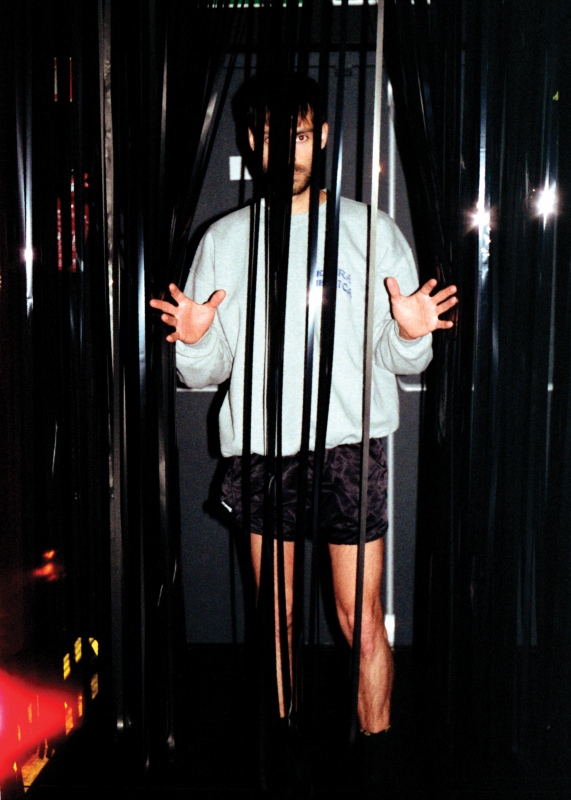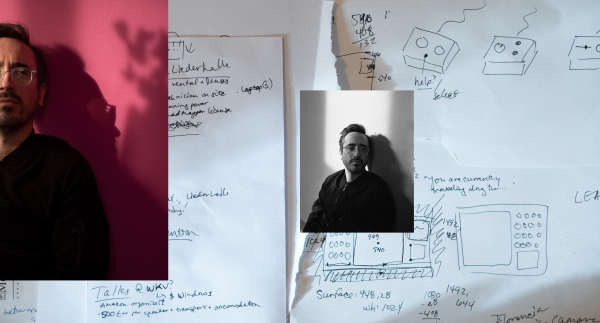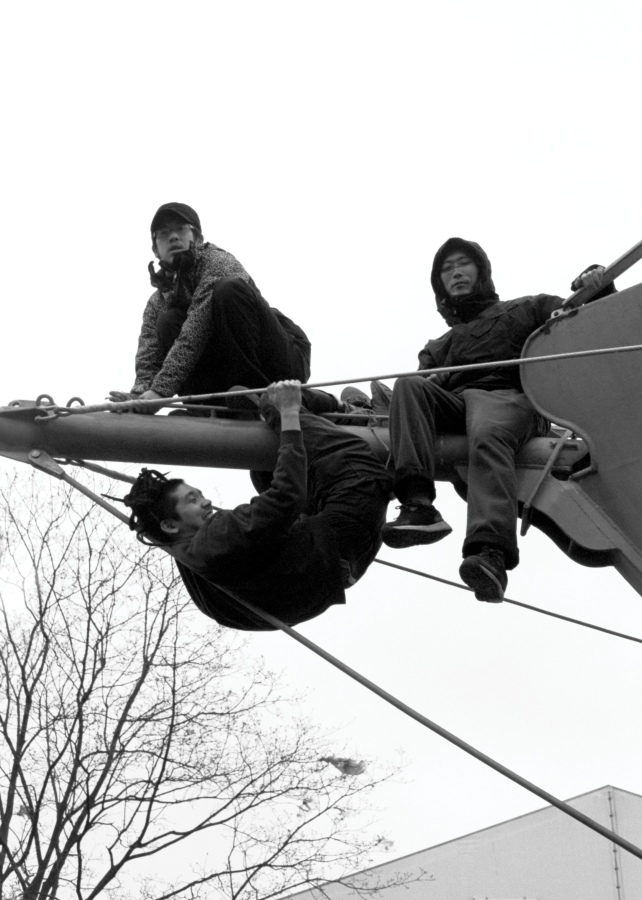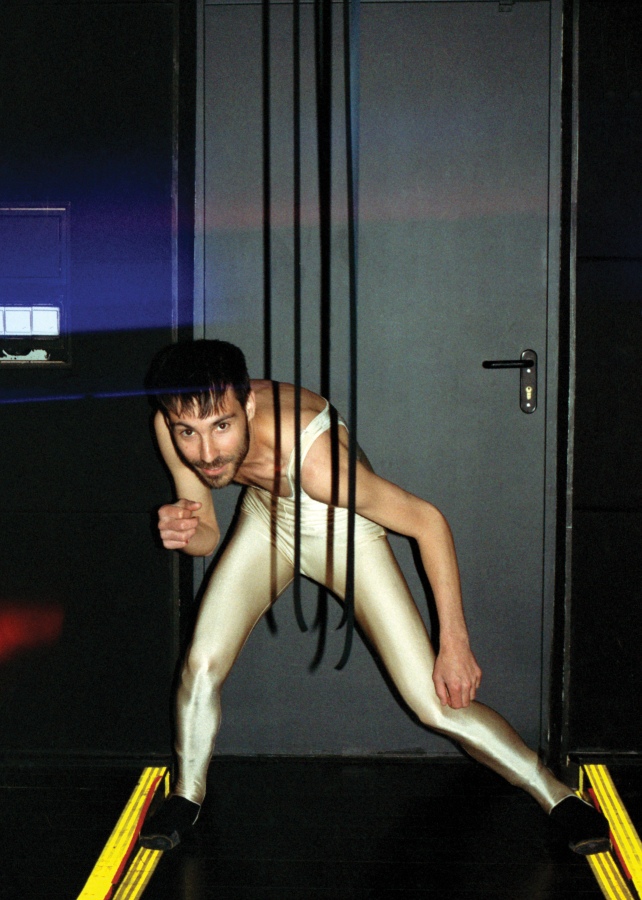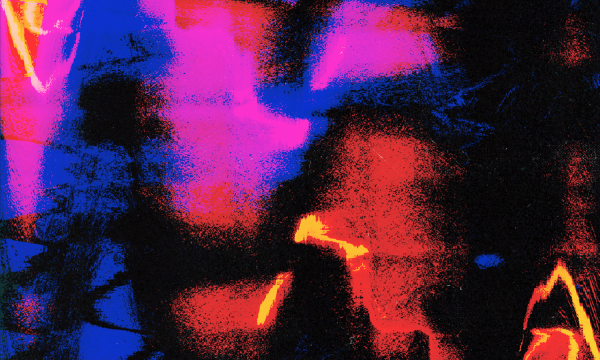To conspire means to breathe together
My work deals with invisible choreographies, things that happen underneath, things that are not necessarily legible. – Belgian visual artist and choreographer Simon Asencio in conversation with Agnieszka Sural
-
Agnieszka Sural: One night in April, you organised a party at the Ujazdowski Castle together with choreographer Marta Ziółek and DJ Zoi Michailova. It was the first edition of To Be Real, a long-term project curated by Michał Grzegorzek and Mateusz Szymanówka.
- Simon Asencio: How can we make a party, while at the same time reflecting upon it? Together we were thinking about the situation of a party as a practice and a space inherently social: partying to build a sense of community, to create a collective body. This extended to the function of music and dance to produce togetherness and kinship: lyrics we share, songs lingering in our minds and taking our breath away, beats that not only move us collectively, but the same beats that moved people 30 and 50 years ago. We thought of the party as a way of rehearsing the same kind of movements (social movements, dance movements, political movements) that were rehearsed decades ago.
-
-
It wasn’t your idea to work with Marta and Zoi together, it was an invitation from the curators, who asked three people to work together. However, I understand that you already knew Marta Ziółek.
- I studied with Marta in Amsterdam. We created a work together in 2012 called Will Have Been Moving and Drawing Back. Two Evenings with Bruce Nauman. The performance is a re-enactment of Nauman’s early video works in order to examine a possible link between his body of work and a history of choreography. We transcribed the choreographic exercises that Nauman performed and documented in his studio into the theatre. It was fun. I didn’t know Zoi before I came to Warsaw, but we clicked very fast.
-
What was the process of working on To Be Real?
- It was on different levels. On the one hand there was the production side – organising, booking DJs and communicating. And on the other hand was the whole process and research: we invited Katarzyna Sitarz to share with us her practice regarding voice and breathing technics, Zoi shared with us her practice as a DJ. We also wanted to extend the invitation to other people and artists. We discussed the figure of the host: what if everyone involved in a party was simultaneously hosting that party, yet to different degrees? A host would be then an agent in charge of keeping a certain situation alive, monitoring and sculpting the social choreography of the party. We invited performers to take on this role more actively. As hosts, they were there to escort the groove – to keep the groove alive, to stoke the fire of the party and keep it going. In the end, the party was a 7-8 hour-long event with a brilliant line-up of DJ sets, unannounced events and strange characters appearing and disappearing, along with invisible vocal performances – a space to rest, space to hang.
-
What does it mean to bring a party into a museum?
-
We had a big discussion on that subject. Are we trying to make party more arty? If a museum wants to be a place for culture, it needs to open itself up to many forms of cultural practice. Maybe a party can be a relevant format to practise or exercise various ways of approaching culture, political agency and esthetical experiences.
-
To Be Real is also related to the Antifascist Year happening in Poland.
- And it is related to the anniversary of the Stonewall riots. It is asking how is it possible to enable a space for resistance and utopia? It came out of the sentence: ‘To conspire means to breathe together’. Pointed out by an artist friend, Eleanor Ivory Weber, and coming from an Andy Warhol poster, this early etymology of conspiracy as a state of communal awareness became a strong incentive. When you conspire, you gain an awareness of the group you belong to and with whom you are plotting.
- We tried to reflect on inclusivity and openness. How could we make sure that we were producing a space for conversation for everyone, and that everyone produces a space for conversation as well. If to conspire is to share breath, how can we interpret the substance of a party as that communal breath?
-
In your artistic statement, you write that your work involves invisibility, subjectivity and potentiality. How can potentiality be hidden in choreography?
- My work deals with invisible choreographies, things that happen underneath, things that are not necessarily legible. I am interested in creating conditions for something to happen, a bit like a chemical reaction. It is more about induction or suggestion than assertion or affirmation. I do not control the outcome, the form is in the process. Maybe potentiality in choreography is not meant to structure a thing, but it is meant to put that thing in motion for it to continue on its own. Forms and artworks have behaviours of their own.
-
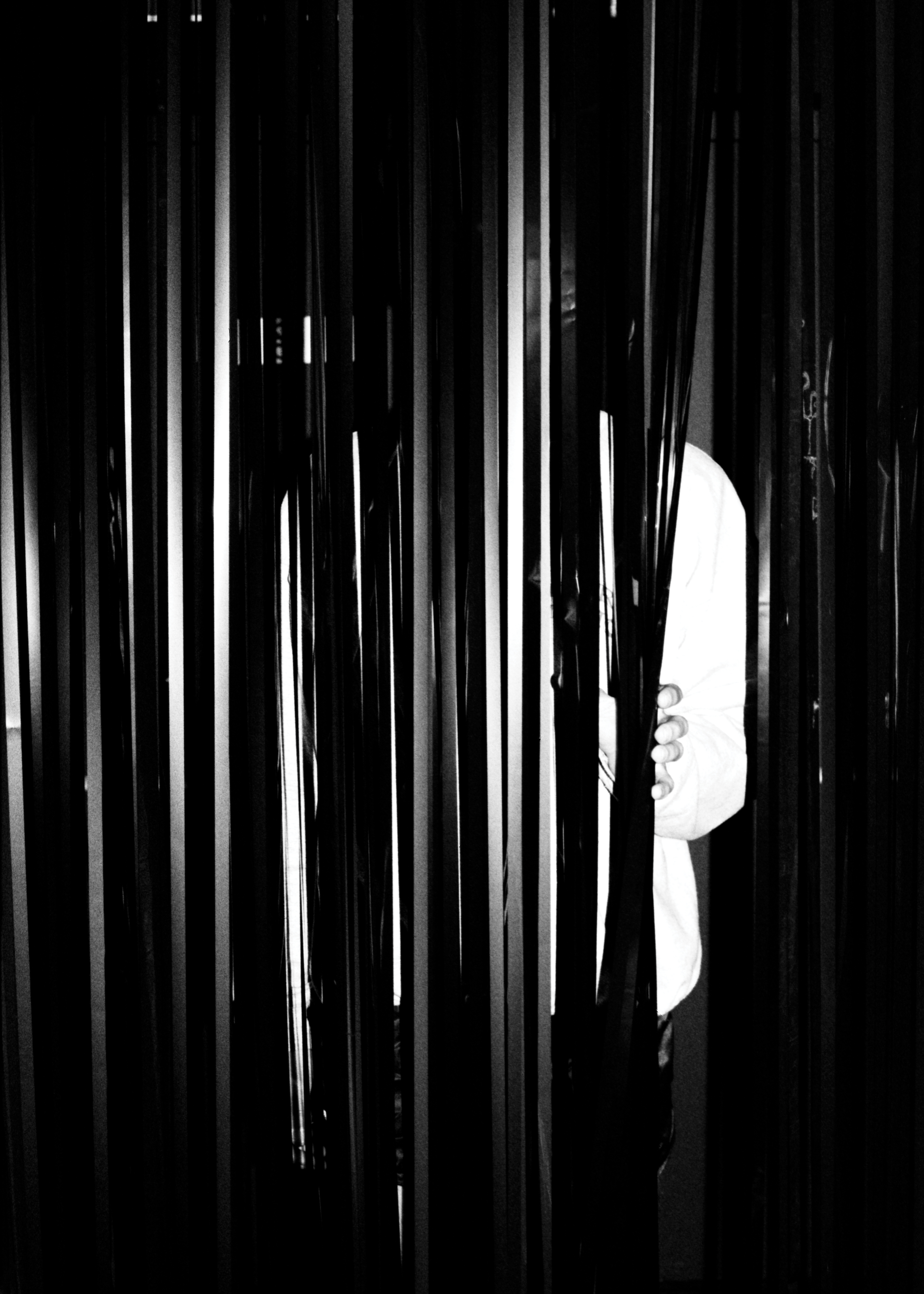
-
Simon Asencio during preparations to To Be Real at the Ujazdowski Castle Centre for Contemporary Art. Photo: Dawid Misiorny
-
- With a lot of my projects, I sometimes have a hard time circumscribing them, drawing the limit of where they start and end. Since 2014, I have been working on Jessica, a long-term performance project about background acting for real life. The work runs its own path, which I fully support. It mostly circulates through word of mouth: the more people talk, the more it grows, meaning that it is sometimes hard to know where the work is actually taking place.
-
On the Ujazdowski Castle Centre for Contemporary Art website there is a video with you eating a banana. Is that your gesture of resistance?
- I support the collective struggles facing the current political situation here in Poland, although I also assume I am foreign to the context. I am concerned, yet I am not in a position to speak. However, my body and image could be a vehicle to support that collective action. So I ate the banana.
-
-
You have applied here with another particular research.
- I work in Warsaw on hermetic forms of speech: jargon and slang as obscure forms of poetics. I am interested in thinking language as a tool for social choreography: how the vernacular – such as accents, dialects, sayings, and insults – shapes particular social and political subjectivities. I have been researching medieval ballads, which are open source songs sung by troubadours to narrate the social and political realities of the early middle ages.
- I also took Polish classes during the residency, in order to experiment with learning a new language and to be affected by new sounds, new movements of my mouth and tongue, new wordings. All this research is leading to a series of songs that I am writing at the moment.
-
How are your songs?
- I try to approach these songs as a ghostwriter writing lyrics to be passed on and circulated through various forms. There is a lot of use of slang or cant, which are oral forms that are usually not written. I am interested in the poetics of daily words, unofficial language and slips of the tongue. Languages have various inscriptions, words have many ways to be written. I try to articulate a multidimensionality of language. Unknown languages are also an inspiration – I can’t stop listening to Las Ketchup’s Asereje song at the moment.
-
-
Talking about social and political realities of the current times, I have to say that the people increasingly feel that the world we know is ending, with climate change experts claiming that we have 9, 12 or 30 years left. Where do you see yourself in a decade?
- As a cultural worker, my practice has been very much framed within the multi-cultural, and I realise the limits of that. I have been feeling the desire lately to shift towards the multi-natural. That implies changing my relation to what I am doing, and implicating myself with other forms of being in the world. In a decade, I would say I definitely see myself more involved with the supernatural.
Film: Marta Wódz
